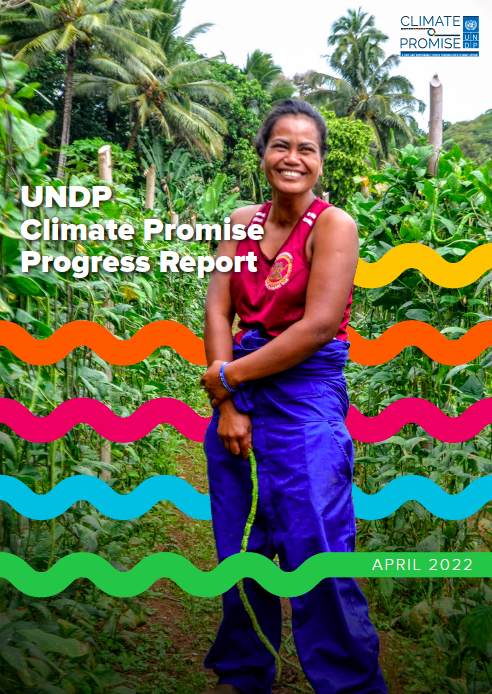LECB Programme Impact and Results: Tanzania

At the time of the inception of the Low Emission Capacity Building (LECB) project in 2013, the level of awareness on climate change issues was relatively low amongst key stakeholders, including government officials, private sector actors, civil society and ordinary citizens in Tanzania. Inadequate financial and technical capacity meant that efforts to mainstream climate change into development policies and planning were minimal, and engagement with external stakeholders was limited. Despite the fact that the National Climate Change Strategies for Mainland and Zanzibar had been developed in 2012 and 2014 respectively, there was no specific strategy for a low emissions development pathway, and institutional frameworks for developing greenhouse gas (GHG) emissions inventories and nationally appropriate mitigation actions (NAMAs) were lacking.
The LECB project in Tanzania therefore aimed to strengthen the foundations for climate change governance and introduce long-term mechanisms and institutional frameworks for managing climate change risks and opportunities. LECB also sought to align and contribute to the achievement of the second National Strategy for Growth and Poverty Reduction (MKUKUTA-II). Specifically, LECB implementation in Tanzania focused on three key capacity building outputs: low emission development strategies (LEDS), NAMAs with their monitoring reporting and verification (MRV) systems, and the GHG inventory system. The programme covered all economic sectors, including energy; industry; transport; waste management; land use, land use change and forestry (LULUCF); and agriculture. These are all priority sectors as identified in the country’s intended nationally determined contribution (INDC).


